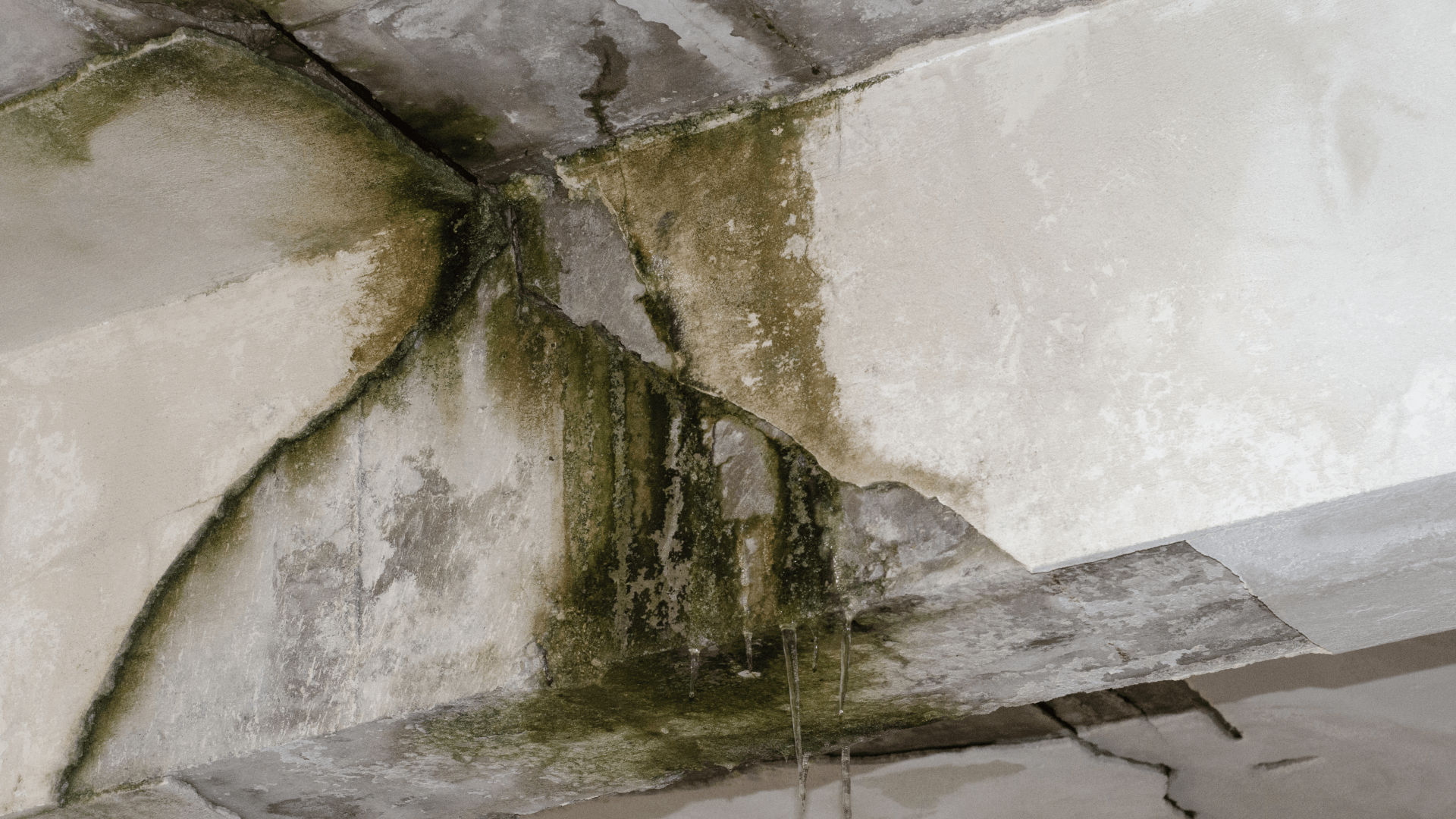
In June of 2021 the Champlain Towers South, a 12 story, 136 unit condominium complex near Miami collapsed in the middle of the night crushing sleeping residents, killing nearly 100 people in the building and making hundreds more homeless. The investigation into the cause of the collapse was suspected early on and the resounding engineering opinion was of a structural failure due to prolonged and persistent water leaks and years of exposure to corrosive salt to the concrete beams and slabs. The water damage had been noted as early as 1996 when engineering consultants warned the building owners that there was alarming evidence of major structural damage to the concrete slab below the pool deck, and the abundant cracking and crumbling of the columns, beams and walls of the parking garage under the building. Right before the building collapsed a cascade of water in the parking garage was filmed by a passerby.
The price tag of this tragedy to insurers includes claims of property damage, physical damage to the building itself as well as liability from several lawsuits being filed by residents of the condo. The $30,000,000 property policy and the $18,000,000 liability policy will not be adequate to satisfy all parties in this horrible tragedy begging the question, how much insurance is enough?
Although this may seem like an extreme example to use in an insurance scenario, there is good reason to worry. Water intrusion and liquid damage are among the leading causes of loss across all commercial structures, more so than fire, theft, vandalism, and all other insurable perils. According to one major insurance carrier, the leading cause of loss or claims by water damage is accidental discharge. More than half of the claims seen by the carrier were due to general discharge accidents. This may be from a washing machine, hot water heater, a refrigerator, or a dishwasher. The occupancies that tend to have this higher exposure are places such as hotels, condominiums, or other residential buildings with a large number of sinks, toilets, laundry facilities, hot water tanks and HVAC equipment. Other causes of loss by water damage include pipe freezes, sewer and drain backups and sprinkler leakage.
Prevention and action are key to avoiding water intrusion and ensuing liquid damage. Water leaks can go undetected for significant periods of time and can cause damage not visible on the outside. Once released into the building water can cause major issues to physical structures, contents, equipment, and financial loss due to lost rents, unforeseen repairs and even damage to the building owner’s reputation. A practical solution for preventing and reducing loss is to understand the exposure, take proactive measures to avoid the damage and be fully prepared to act in the event of water intrusion to help to drastically reduce the size and number of water damage losses. That means you need a water damage prevention plan that is routinely updated and executed when the need arises.
A good water damage plan is specific to the buildings’ characteristics including size, age, height location and any other unique characteristics such as landscaping or the shape and slope of roofs and eaves.
Here’s how to get started
Conduct a water intrusion vulnerability risk assessment. The three main areas of vulnerability for water intrusion in almost every building are:
1. The building envelope
Includes the roof, walls and floors. You should be checking the siding, foundation, windows, doors, vents, roof eaves, gutters and downspouts for vulnerabilities or poor design
2. Interiors Systems
Piping for interior water, fire sprinklers, wet areas such as bathrooms and laundry rooms, unheated attics, basements, crawlspaces as well as building mechanicals such as the A/C, hot water heater and all appliances.
3. Exterior Exposures
Sloping ground and landscaping, groundwater, irrigation and septic systems.
The Plan
- Develop a log to track any history of leaks and damage
- Document all potential sources of water intrusion and entry points
- Maintain good housekeeping practices such as maintaining heat in all areas with plumbing and insulating pipes
- Conduct regular inspections of equipment and appliances, and provide all appropriate maintenance
- Create detailed plans or schematics of liquid piping systems and include the location of all shut off valves
- Establish a valve shut off protocol and update key personnel regularly
- Have a cleanup plan in place with the necessary supplies to minimize damage
- Conduct an annual vulnerability assessment
- Have trusted repair and remediation
Be prepared with a cleanup strategy
- Create a plan of activation of personnel and notification procedures
- Establish staging areas where teams can meet and organize
- Begin water mitigation activities
o Remove vulnerable materials
o Remove or protect stocks and goods
o Remove or protect critical equipment
o Begin water removal and clean up
Create a water intrusion response kit
- Flashlights and emergency lanterns
- Plastic buckets with wet and dry mops
- Wet and dry vacuums
- Hoses with any required adaptors
- Squeegees
- Pipe wrench
- Electrical extension cords
Water damage losses are not always covered under all insurance policies and there are limitations in all policies that do offer coverage for water damage limiting the types of causes and losses that are covered. Furthermore, most policies contain an exclusion for water damage that is defined as a flood. A flood policy must be in place to provide coverage for surface water coming in from the outside and meeting the definition of a flood. Call SimcoHR for more information and ask how you can provide your building with protection from this liquid nuisance.
Sign up for our newsletter.




